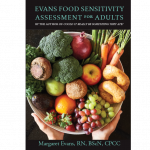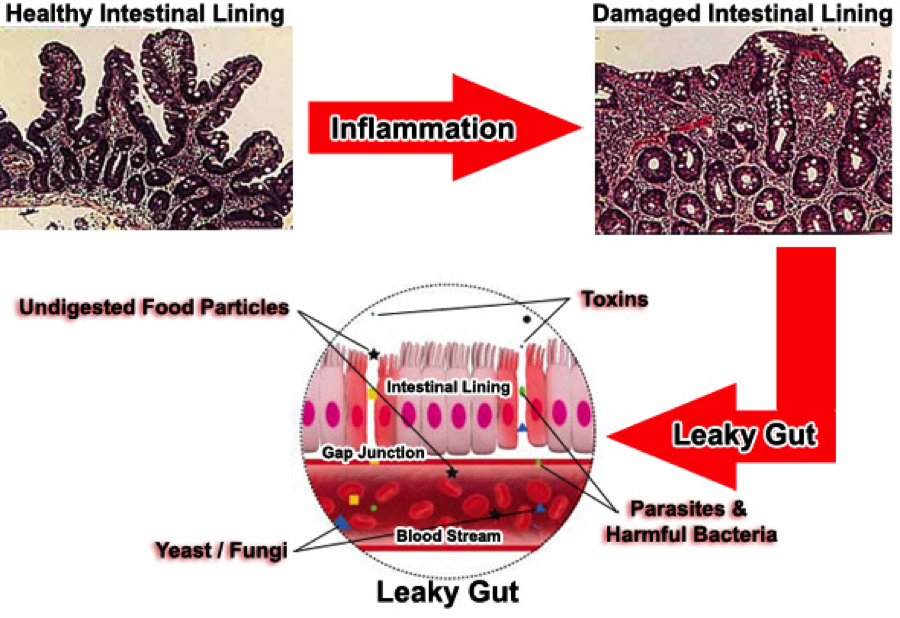
Order the Assessment!
Evans Food Sensitivity Assessment for Adults

I have been writing articles and speaking for many years on the difference between a food allergy and a food intolerance. Although it has been over 30 years since I first learned the difference and used this information to transform the health of our own kids, the topic continues to be poorly understood. My book, COULD IT REALLY BE SOMETHING THEY ATE? The Life Changing Impact of Addressing Food Sensitivities in Children has a full chapter of explanation.
A food allergy is responsible for approximately 8% of children’s reactions to food and has the following characteristics:
A food intolerance does not involve the immune system and is related to the amount of inflammation in the bowel as well as the balance of healthy and unhealthy bacteria. The wall of the digestive tract becomes leaky and food particles are absorbed through the wall into the body while they are too large. The body then develops a reaction to these particles.
The characteristics of a food intolerance are:
The distinction between a food allergy and a food intolerance is important. If you or your child are tested for a food with the traditional allergy methods, the results are almost always negative and you are told to reintroduce the food. If the symptoms are related to a food intolerance, this increased consumption can increase the intestinal inflammation and begin a long and difficult road of increasing symptoms.
Further Reading
« Grief And Loss In Diet Change / Doctor Changes Diet and Improves His Cancer. Is This True? »